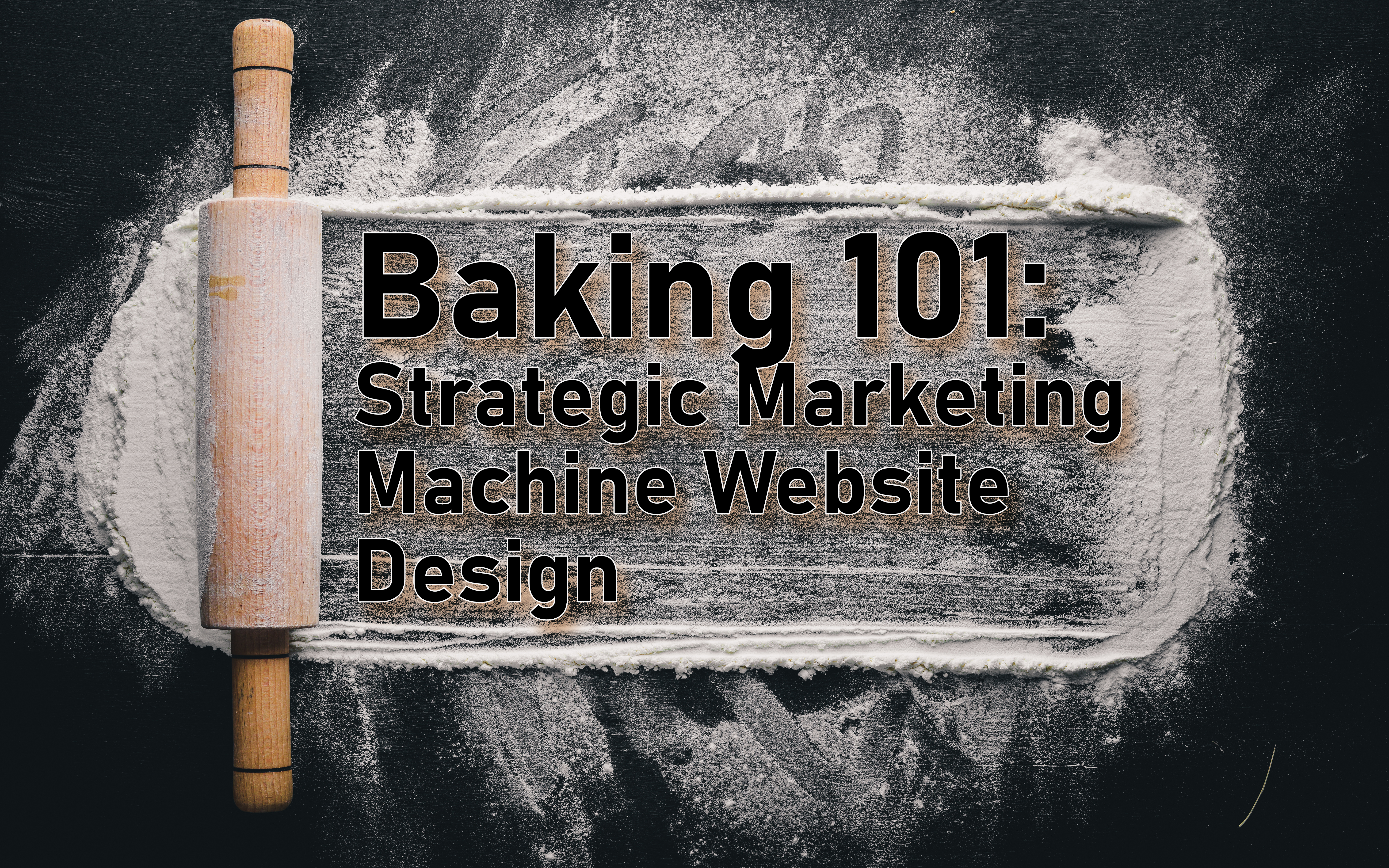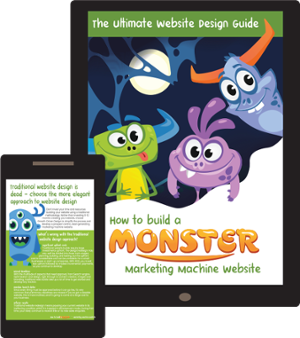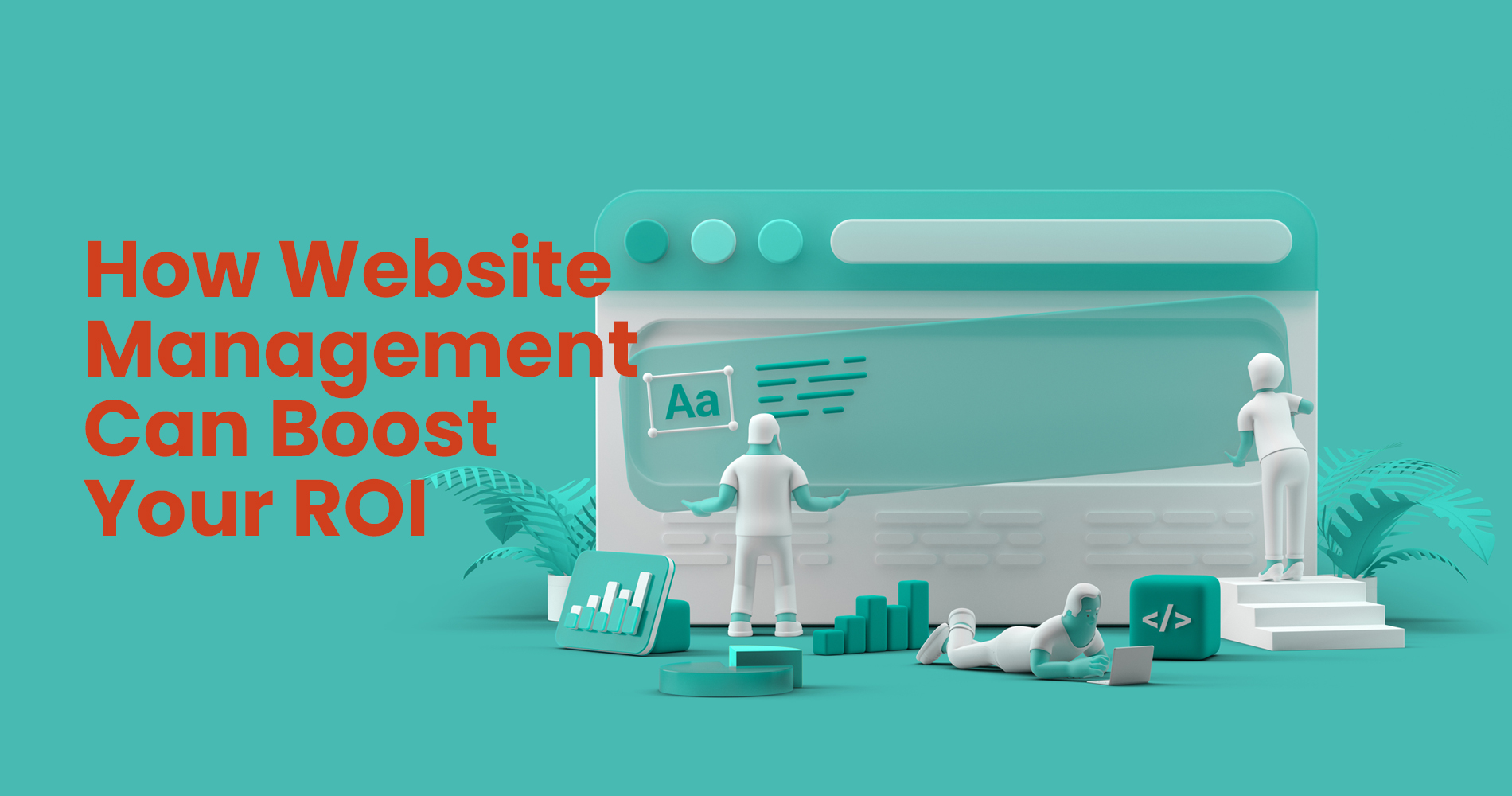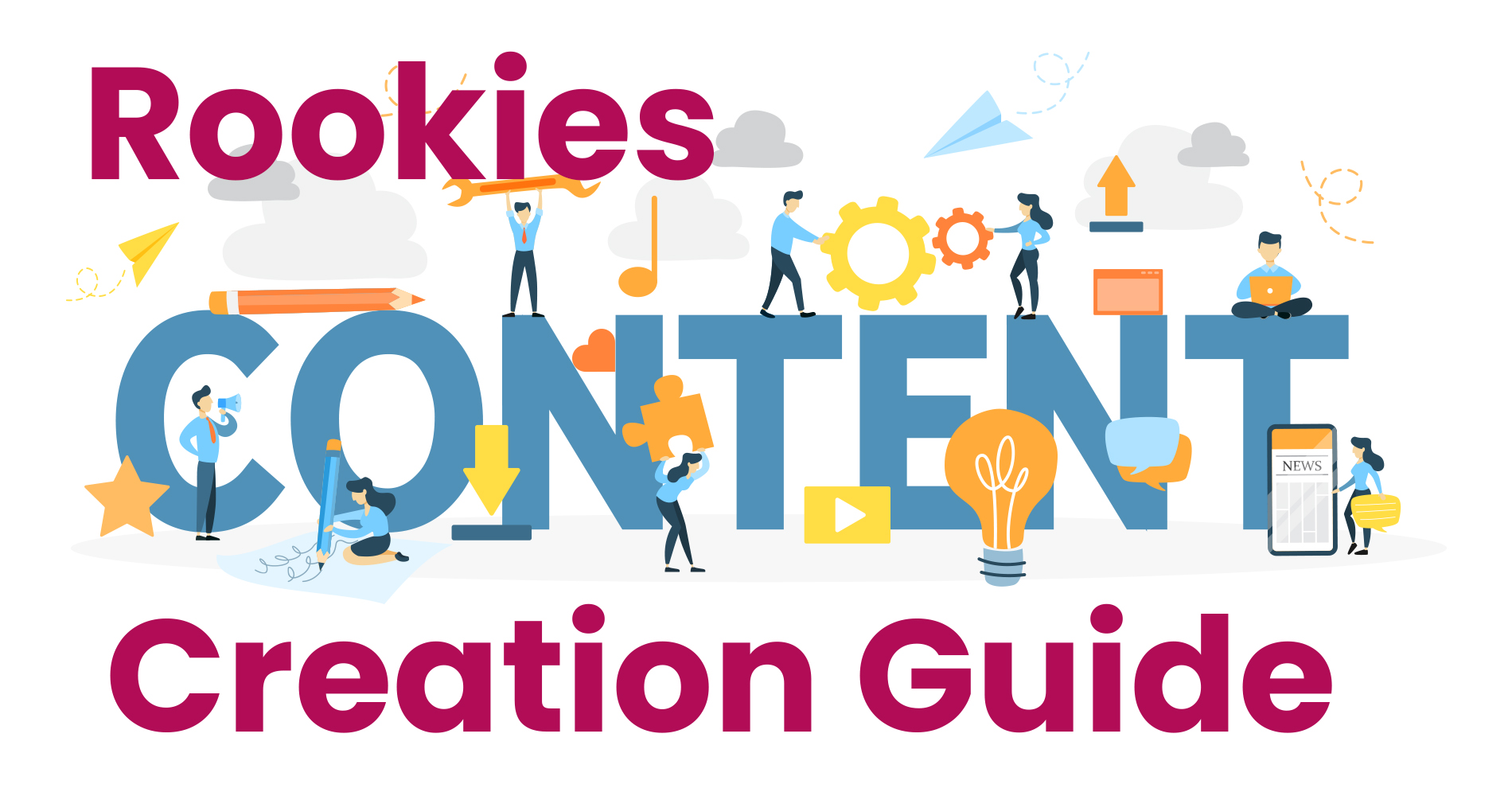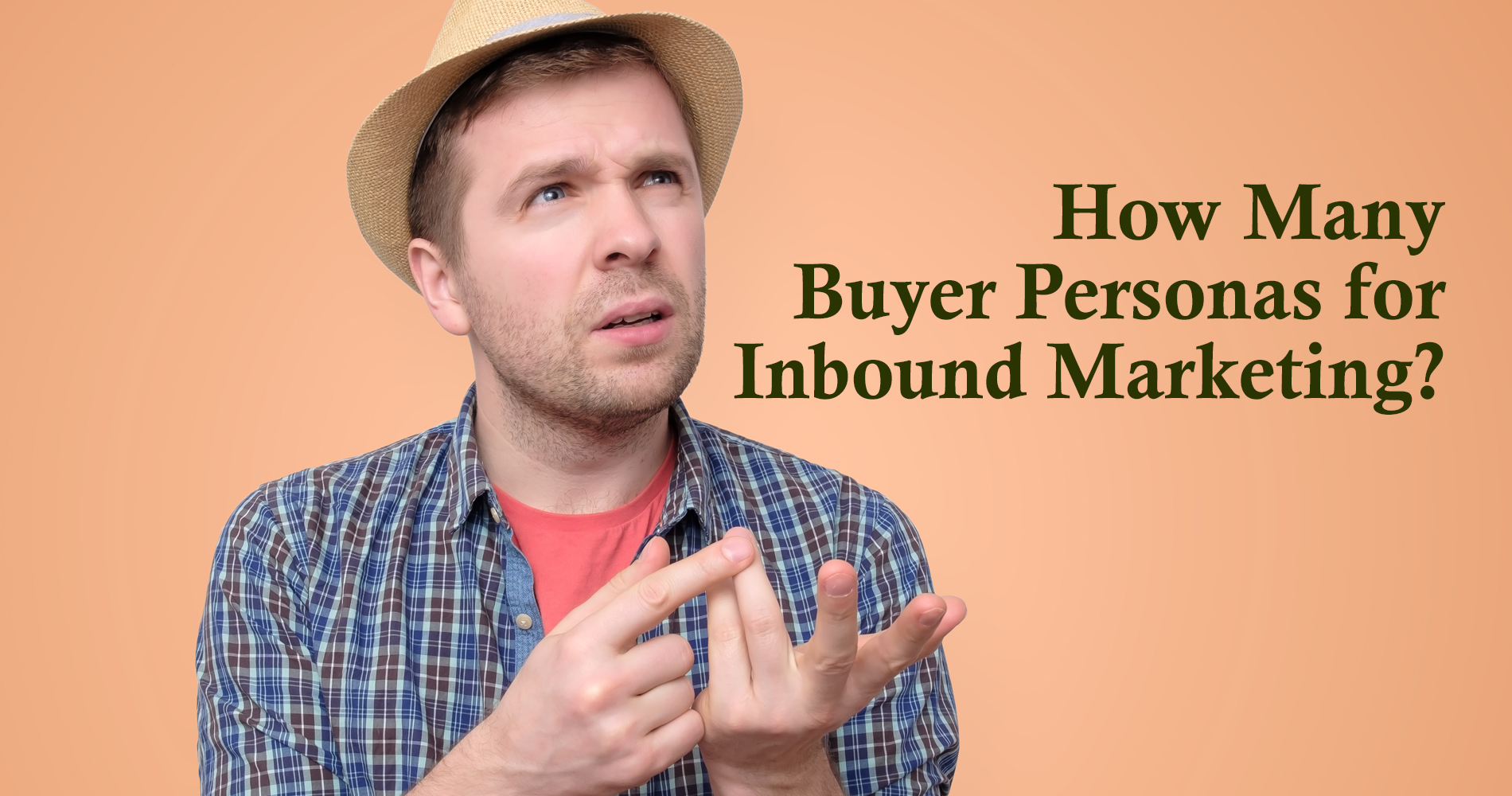Do you bake cakes? You can use the same tactics for your inbound marketing. No joke. You have all the ingredients, including target audience, pricing, landing page, social media, and digital marketing plan; all of which you need to mix up in perfect proportion so that your cake doesn’t turn out differently than what you pictured it would look like in your head. A well-organised website that employs an inbound strategy will draw upon these various crucial factors and develop into a catalyst for growth.
How Does Inbound Marketing Work?
Inbound marketing is a great strategy for introducing new types of content and leveraging signals from your website to continually optimise conversions.
An inbound marketing machine website allows you to strategically align the acquisition, engagement, and conversion aspects of your traditional digital marketing funnel with multipurpose internet properties (MPIPs) designed to attract and convert traffic by showcasing professional and expert industry content.
These types of interactive websites give potential clients an instant look at how your company can assist them, drive targeted inbound traffic through campaigns that build brand visibility, incorporate forms transforming users into leads, and serve as personal customer relationship management tools long-term.
Inbound Marketing Websites: How do they work?
An inbound marketing machine website is what helps to bring visitors into your world and provides them with the experience they need. It’s the little touches that make all the difference, such as featured content, easy access to related content, and clear next steps and offers that entice visitors to make a purchase, which make all the difference in a highly competitive market
A website that aims to achieve those funnel goals needs specific elements in its information architecture, design, and development.
Priority Content
Blog
Inbound marketing is all about luring people to come in - or return, or discover your business online—and when they do, getting them to experience the best that your company has to offer while leaving a memorable impression.
A business blog serves as the foundation of content marketing, allowing you to regularly publish useful, relevant content that will appeal to your target audience. You can promote that content using emails, social media posts, and advertisements.
An inbound marketing strategy is incomplete without content marketing. Here are a few benefits of producing targeted content:
- Engage your target audience in search and social media
- developing a steady stream of SEO opportunities
- increase your search engine rank
- Showcase your subject matter expertise
- Tell a story that creates an emotional connection to your brand
- find out what problems potential customers have and identify how you can resolve them
- Promote your brand
SEO
Blogs play a huge role in your website’s search engine optimisation strategy, bringing in more traffic and building brand identity with every new post. A properly optimised blog is a critical part of an effective SEO strategy. You can have the world’s best-designed website, but if it isn't using SEO techniques to bring in large amounts of its target market then you might as well not have even bothered hosting it! The two are tied closely together as one affects the other.
When developing or redesigning a website, SEO should be considered from the very beginning:
- Create a keyword strategy to hit the target audience with the right search terms and keywords
- Plan to remove content that doesn't meet growth goals by conducting a content audit, creating information architecture and sitemap, and optimising the remaining content that meets content strategy goals
- Incorporate the technical aspects of SEO into website design and development for successful launches
- Several elements needed to be optimised, including page titles, slugs, images, videos, meta descriptions, image alt text, copy, et
Email And Contact Collection
The first step to getting all the potential sales your business can handle is to reach out to the audience. Nowadays, it’s not just enough to shout from the rooftops about your product. This method, known as outbound marketing, is slow and not always very effective - which means you might have trouble with growth!
Thanks to inbound marketing, your situation is quite a bit different. Studies have shown that when using content for inbound marketing techniques, you will have an increased chance of getting desired leads for email marketing by 2400%! This alone will boost your chances of increasing sales by 4400%, which means your previous £1 will now bring in £44. What’s more, this process works just as well when applied in reverse - meaning that if you already have leads through email, they’ll be much more likely to convert if they experience success with the company before even having approached them.
Custom forms are a strategic way to accomplish that.
- A prominent sign-up for the newsletter, a contact form, and gated content downloads are prominently displayed in the web design
- Enticing, on-point microcopy to elicit form engagement
- Optimal user experience in all forms, including the number and layout of fields
- Use of heat maps and/or Google Analytics tracking to tweak forms and address drop-offs
- Clear and prominent availability of all lead gen opportunities in page design, menus, footer, etc.
Tech Integrations
The cornerstone of any inbound marketing website design is the integration of all necessary technology to drive those leads and build your contact database. However, when it comes to choosing what platform to build your site on, you will have several options to consider. You could go for a custom-developed platform or even purchase an off-the-shelf solution from a vendor.
In addition to providing an easy way to integrate your existing email, CRM, e-commerce, and other technologies during design and development, WordPress is also easy to add these additions later as your business grows and your marketing needs change.
Social Media
In the past, businesses had to rely only on their websites to handle their branding needs - but times are changing and business owners are starting to shift more towards utilising social media networks.
Today, almost all of these famous social media networks allow for users to input search queries which help add a list of related web pages and content about your company or brand into search results - meaning that potential customers can find you whether or not they had previously heard of you or seen your pages out there in cyberspace.
Are you aware that YouTube is the second most popular search engine in the world? That means when people want to find stuff, many of them are using YouTube to lead them directly to what they’re looking for!
If you want your content to show up near the top of search engine results for relevant keywords, then consider embedding some content from popular video-sharing sites like YouTube in an appropriate place on your blog post. One neat plugin for WordPress called YOAST SEO enables you to customise your content while letting readers easily share it with their friends on social media if they like what they read.
Custom Landing Pages
When you leave a site, some of your web pages remain in the mind of a reader. The page doesn't disappear - it's still there, but it’s not top of mind. To optimise that visit and get those visitors revisiting your site when they’re ready to convert into paying customers, landing pages or “exit-popup pages” can be very beneficial for performance marketers. Landing pages are designed specifically for that marketer and audience – geared directly towards converting them from viewers into customers later on by using SEO-optimised content along with well-placed CTAs.
A custom landing page is usually hidden from search engines through unique coding, and a person only sees it after taking action.
Making sense of your customers' behavior is something more sales and conversion-oriented projects will require. Imagine that you’re creating a ‘thank you page for those who submit their email address to download an eBook. The page would present what exactly the people will receive as well as encourage them to take a step further and continue reading related content or check out other resources on your website.
Secondary Content
It's important to remember what your business is all about and how much you would like it to stand out from the crowd. There are of course different ways this can be done, but one important thing is for example website design - having a great inbound and referral marketing website which does everything you need for your site to function properly will have an impact on the kinds of visitors that come through every day.
Overall, there are many proven methods out there as well as things you can do specifically to help your business’s cause, such as making sure your brand is at the core of each link visitors click on and be prepared to spend money promoting certain links while also building relationships with other companies who may or may not bring customers directly through their own doors. There's no denying that standing out from the crowd will ensure your company reaches a wider audience.
Getting The Most Out Of Your Inbound Marketing Machine Website
Measuring your online sales and marketing performance is important for staying informed about your business’s strengths and weaknesses. By feeding in data generated by the figures, adjustments can be made to both paid and organic search strategies to optimise content that is destined to be converted into end-consumer interest on which you can evaluate future decisions. This not only promotes sales but improves visitor loyalty through brand awareness by driving SEO visitors towards the conversion funnel.
But, when it comes to inbound marketing websites, which metrics are the most important?
You should focus on the following dashboard areas in Google Analytics:
- Audience overview —
Is your session count rising? Do your engagement metrics (bounce rate, time on site, pages per session) reflect this engagement? Do you have enough new visitors each month?
- Channels report —
Where is the traffic coming from? Which traffic converts the best?
- Goals —
What are people doing with custom landing pages? Are they filling out forms, downloading content, and viewing content?
